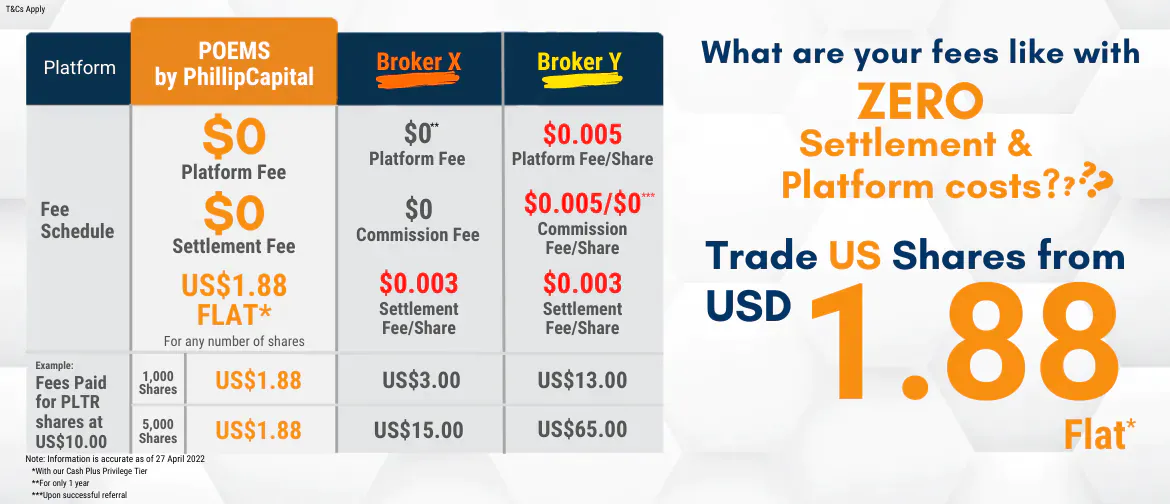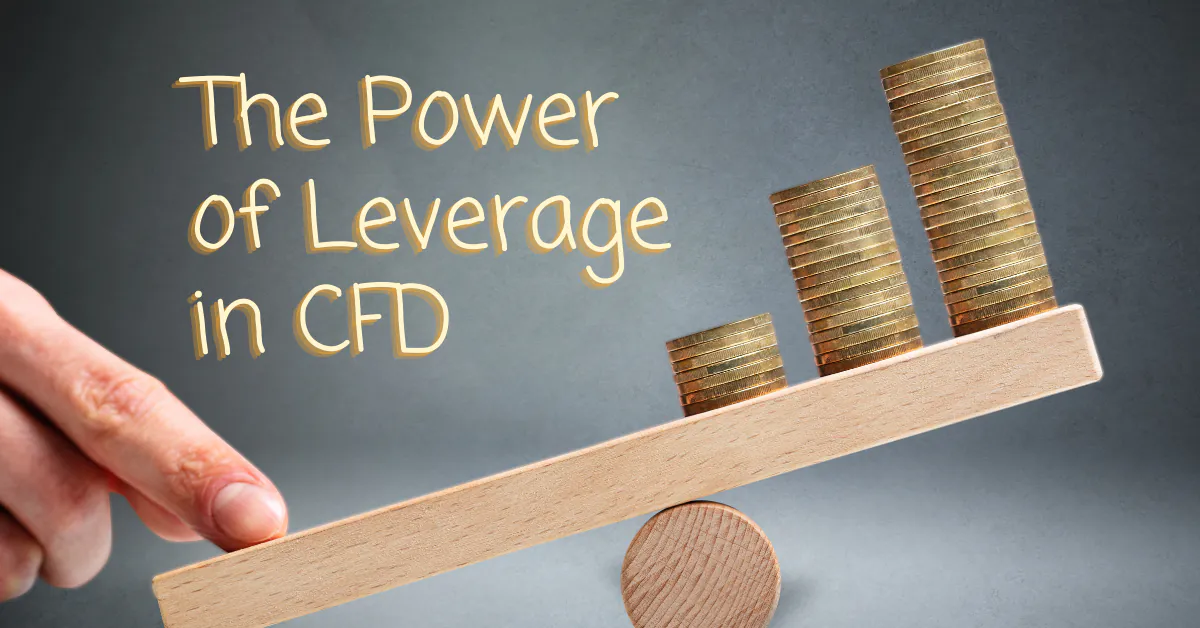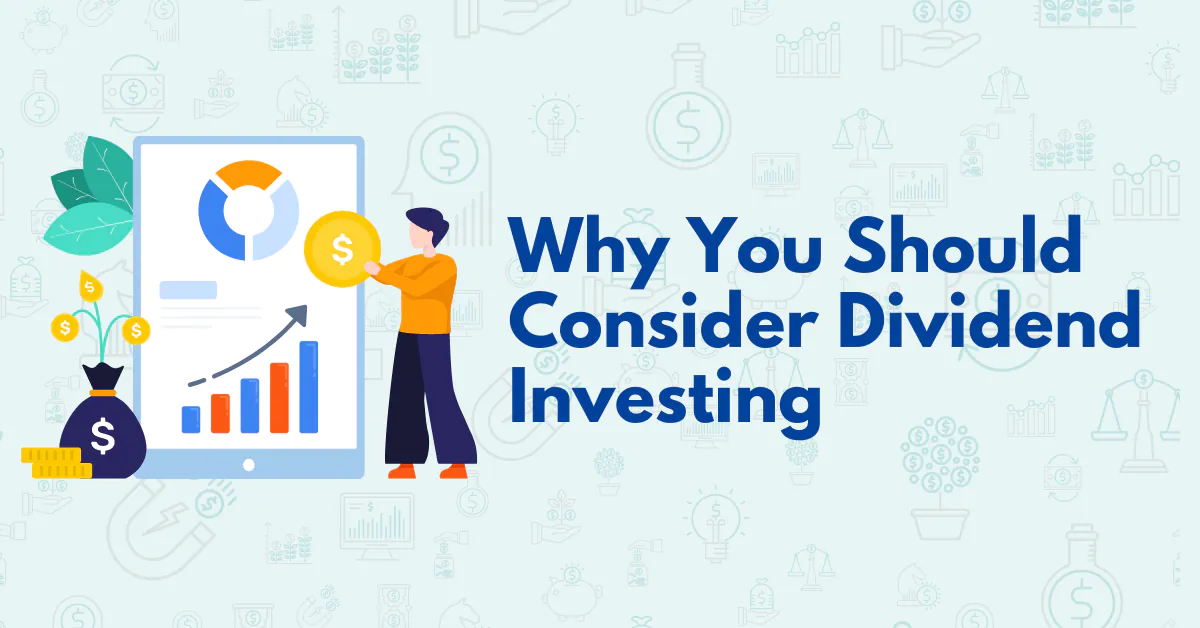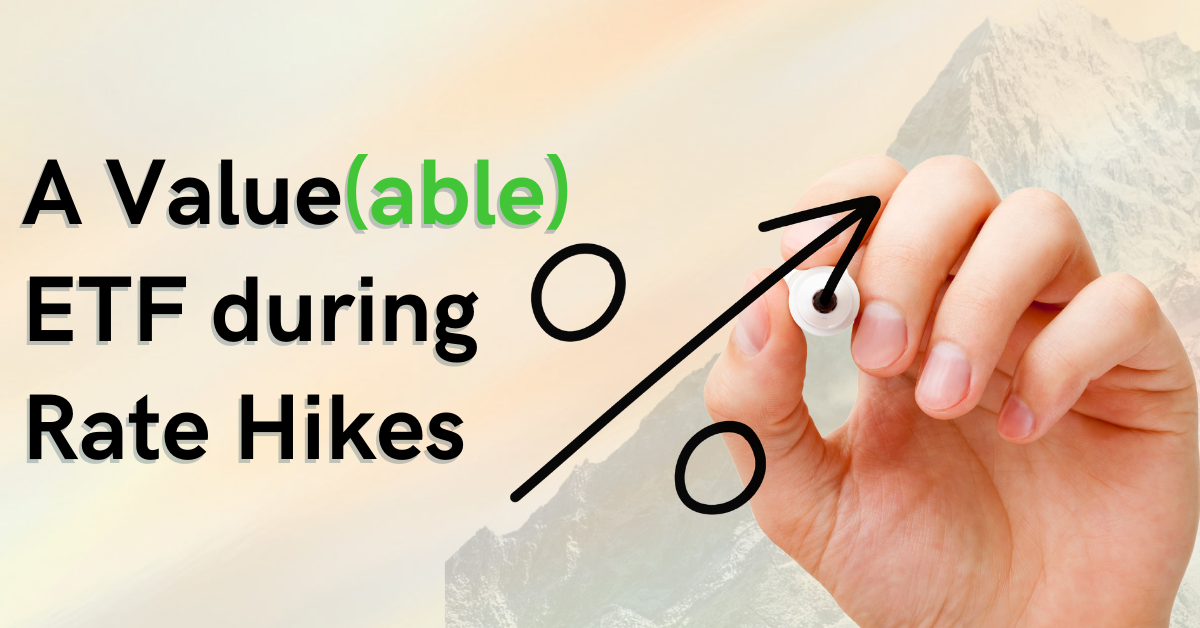Top 5 Mistakes that Investors and Traders Make
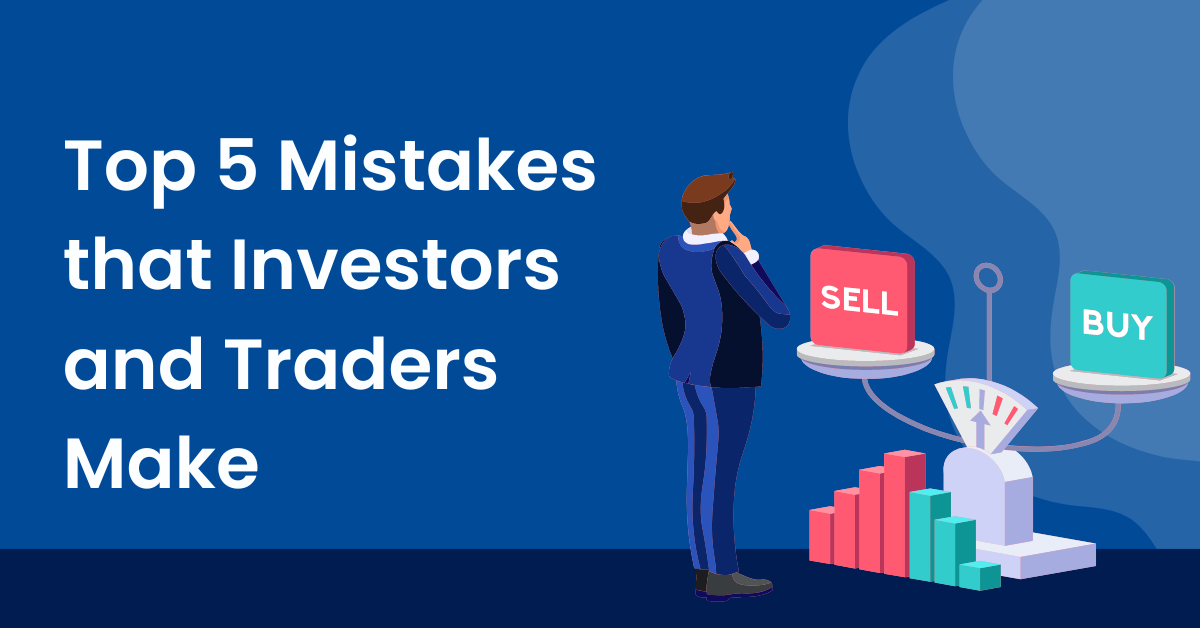
Sam Hei Tung, Dealing
Sam graduated from National University of Singapore with a Master of Science in Finance. He personally manages his own investment portfolio and does equity and economic research in his free time. Sam believes that education and information is essential to making good financial decisions.
This article will examine and discuss common mistakes investors and traders make and how to avoid them.
For this article, I have interviewed traders who consistently generate profits to find out what they are doing right to be in the top 10% of the trading community.
Given my position as a Contract-For-Difference (CFD) dealer, I have observed certain interesting patterns and behaviors from the orders our traders and investors make. For a start, the quote “You can take the person out of the Stone Age, not the Stone Age out of the person” comes to mind.
What is the difference between an investor and a trader? I will touch on a few differences between them such as the time duration they hold an asset and the assumptions they make.
Traders tend to hold positions, ranging from a few seconds to a month or two depending on their strategy. They also tend to focus on short-term price movements and aim to profit off it, while investors tend to have a longer time horizon, ranging from years to decades.
Legendary value Investor Warren Buffet once said: “If you aren’t willing to own a stock for 10 years, don’t even think about owning it for 10 minutes.”
Another major difference is strategy. Traders tend to focus on Technical Analysis and price data, while investors focus more on the Fundamental Analysis of a business.
Technical Analysis focuses on identifying trends, momentum, patterns and price data, while fundamental analysis looks into the financials of a business and its future profitability and cash flow.
Top traders tend to rely on both Technical and Fundamental Analysis.
Despite the differences between an investor and a trader, there are some common execution-related behaviours that both investors and traders do that cost them dearly.
Given today’s advances in technology, with easy access to information and advanced strategies, anyone with a smartphone is able to view large amounts of live information, financial statements and even multiple technical indicators on the go.
This is way more than what the market participants in the past had access to, yet 70-80% of traders today lose money every quarter[1], like the traders 30 years ago[2].
Furthermore, based on my observation, it does not matter if the trader is a surgeon or director of a company. The reason why traders are not profiting is not due to a lack of technical skills, information or strategy. It is due to their execution.
With that in mind, here are some common bad execution habits that both traders and investors subconsciously indulge in:
1) Holding on to losses while quick to take profits - Loss aversion
Be it traders or investors, the basic human instinct is to do whatever it takes to prevent losses. Studies have shown that loss aversion is hardwired into our behaviour. The mentality of avoiding losses dates back to the stone age, where humans were low risk takers[3] to ensure survival.
Loss aversion has turned some short-horizon traders into long-term “investors”.
However, any successful trader or investor will tell you that loss aversion does more harm than good to your portfolio, as it is based on emotions and instinct, rather than logic and strategy. This behavior can be seen in investors and traders who tend to be quick in taking profits, but hesitant in cutting losses.
It is observed that traders do not like to realise losses, and shift their stop-loss levels so often that they might as well not have a stop-loss level at all. The mentality of “never closing a position in the red” and refusing to cut losses, ultimately pushes traders and investors into making irrational decisions and blinds them to better opportunities.
Traders and investors should note down their strategies and the reasons for creating the position, so that every time they want to shift their stop loss or take action, they can remember to make sure their actions are aligned to their strategy.
2) Natural behavior towards risk vs reward
The concept of risk vs reward, is one taught in schools and universities, where a rational person will always choose the best outcome based on the pros and cons of his situation and only choose to take on a risk if there is positive expected value. Below is an illustration:

Assuming the investor is rational, he or she should always pick A as the expected value of A is greater than the expected value of B. However, if we change the parameters slightly like the diagram below:

Most investors will choose Option B and take their chances over the 1.2% guaranteed interest rate. Even though 1% chance is highly unlikely, the allure of doubling your savings is too strong. However, a rational person will pick Option A as the expected value of A is higher than the expected value of B.
Studies have shown that people tend to overestimate probability to give themselves a sense of hope[4], more perceived value is given to options with extremely small probability, but a potential of enormous payout. This is usually seen in gamblers and lottery ticket buyers. It is inbuilt into our inner bias, but should we use such an approach towards investing / trading?
Before traders and investor decide to purchase an asset in the hope of generating huge gains, do more due diligence to ensure that the risk vs reward is as good as it seems. More likely, the majority of such assets do not produce a good risk adjusted result just like lotteries.
3) The constant need to do something
The Fear Of Missing Out (FOMO) is something traders and investors face regularly. With information so readily available through news and phone Apps, market participants are bombarded with excessive analysis ranging from technical and fundamental ones. Furthermore, financial news outlets tend to constantly highlight “hot stocks”, “hot trends” (COVID-19 Stocks by CNBC[5]) and “success stories”, with headline news and selective information meant to entice market participants to get in on the action.
Feeling the need to touch your portfolio or trade while watching the news can be very costly as it is usually driven by emotions and hurried decisions. Most of the time, the headlines only show news that is extremely positive or extremely negative, such as the crypto bull market during the pandemic.
Crypto “analysts” were raising price targets constantly and took bad news as good news and vice versa[6]. Traders and investors who had FOMO jumped on the bandwagon without fully understanding the underlying risks and got burned.
Investors and traders need to be wary of information from all sources as an increasing amount of online news is generated using Artificial Intelligence (AI)[7]. Furthermore, news outlets tend to invite bull guest presenters on a positive market day and bear guest presenters on a negative market day, to fit the narrative.
Market participants should be aware of current financial news, but refer to their strategy before committing to any action. Most of the time, for a long-term investor, a large proportion of financial news is just short-term noise and does not warrant any action.
4) Market is at an all-time high, how to buy?
This question is often tossed around the investing community when the market is experiencing a bull run. Below is a table listing the number of all-time highs recorded in a particular year from 1991 to September 2022:

If investors did not invest during all-time highs, they would have missed out on the bull run of 1991-2000 and the bull run of 2013 to 2021. During those years, all-time highs were hit from the lows of 4 (in 2000) times to 77 (1995) times; and also the bull run from 2013 to 2021, which gave a return of ~220%.
This shows that just because markets are at all-time highs, does not mean they are un-investable, as other factors such as valuations and the macro-environment need to be taken in to consideration.
5) Letting the ups and downs affect trading, investing and day to day life
In the life of a trader and investor, market volatility can either be your friend or your worst enemy. There are going to be days when you do well and days when you do badly. Losses are part of the journey in trading and investing. With changes in portfolio value, market participants tend to get emotional and assume bad behavior patterns, such as increasing the trade amount when they are in the red, while decreasing trade amount when they are in the green. Furthermore, some market participants may see their lives negatively impacted, as they are constantly worried about their positions and losses.
Traders who fall into this category tend to spiral downwards and incur more losses as their judgment is clouded by emotions and irrational thoughts.
Traders and investors need to understand that losses are part of the game. It is better not to perform any action than to make a decision based on emotions, as more often than not, it will harm your portfolio. Traders can decrease trading size to better handle their emotions during trading, and progressively increase trading size when they are comfortable.
In conclusion, while trading and investing strategies are important and essential, this is only half of the battle. Market participants with sophisticated models and back-tested strategies also fall prey to execution flaws.
To be able to execute the strategies is as important as the strategies themselves.
After interviewing successful traders, here are a few tips and pointers that make them different.
Once they have a strategy that they have back-tested, they will enter into positions only when the set-up is right, exercising discipline and patience.
They then set a predetermined stop-loss for proper risk management but have different “take profit levels” to enjoy potentially higher gains.
Set a predetermined loss amount, and once hit, take a break ranging from 10 minutes to a day off to recover emotionally and mentally. Then, review your setup before attempting to trade again.
Ultimately, trading and investing might not be for everyone as it can take an emotional toll. However, with the right community support and experience, trading and investing can be both fun and rewarding.
How to get started
As the pioneer of Singapore’s online trading, POEMS’s award-winning suite of trading platforms offers investors and traders more than 40,000 financial products across global exchanges.
Explore an array of US shares with brokerage fees as low as US$1.88 flat* when you open a Cash Plus Account with us today. Find out more here (terms and conditions apply).
We hope that you have found value reading this article. If you do not have a POEMS account, you may visit here to open one with us today.
Lastly, investing in a community is much more fun. You will get to interact with us and other seasoned investors who are generous in sharing their experience and expertise.
In this community, you will be exposed to quality educational materials, stock analysis to help you apply the concepts, unwrap the mindset of seasoned investors, and even post questions.
We look forward to sharing more insights with you in our growing and enthusiastic Telegram community. Join us now!
For enquiries, please email us at cfd@phillip.com.sg.
More Articles
The Power of Leverage in CFD
What is leverage? Read our article to find out more about the different uses of leverage through the use of Contract for Differences (CFDs) for both traders and long-term investors.
Why You Should Consider Dividend Investing
Have you tried dividend investing? Learn more about why you should consider dividend investing!
A Value(able) ETF During Rate Hikes
Interested in buying valuable ETFs? Read on our article to find out more!
Disclaimer
This material is provided to you for general information only and does not constitute a recommendation, an offer or solicitation to buy or sell the investment product mentioned. It does not have any regard to your specific investment objectives, financial situation or any of your particular needs. Accordingly, no warranty whatsoever is given and not liability whatsoever is accepted for any loss arising whether directly or indirectly as a result of your acting based on this information.
Investments are subject to investment risks. The risk of loss in leveraged trading can be substantial. You may sustain losses in excess of your initial funds and may be called upon to deposit additional margin funds at short notice. If the required funds are not provided within the prescribed time, your positions may be liquidated. The resulting deficits in your account are subject to penalty charges. The value of investments denominated in foreign currencies may diminish or increase due to changes in the rates of exchange. You should also be aware of the commissions and finance costs involved in trading leveraged products. This product may not be suitable for clients whose investment objective is preservation of capital and/or whose risk tolerance is low. Clients are advised to understand the nature and risks involved in margin trading.
You may wish to obtain advice from a qualified financial adviser, pursuant to a separate engagement, before making a commitment to purchase any of the investment products mentioned herein. In the event that you choose not to obtain advice from a qualified financial adviser, you should assess and consider whether the investment product is suitable for you before proceeding to invest and we do not offer any advice in this regard unless mandated to do so by way of a separate engagement. You are advised to read the trading account Terms & Conditions and Risk Disclosure Statement (available online at www.poems.com.sg) before trading in this product.
Any CFD offered is not approved or endorsed by the issuer or originator of the underlying securities and the issuer or originator is not privy to the CFD contract. This advertisement has not been reviewed by the Monetary Authority of Singapore (MAS).





